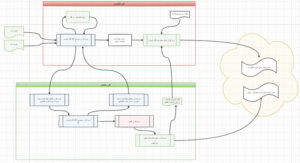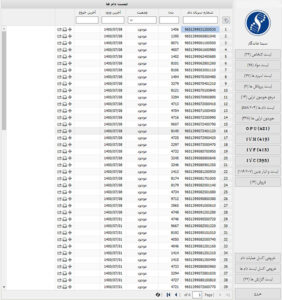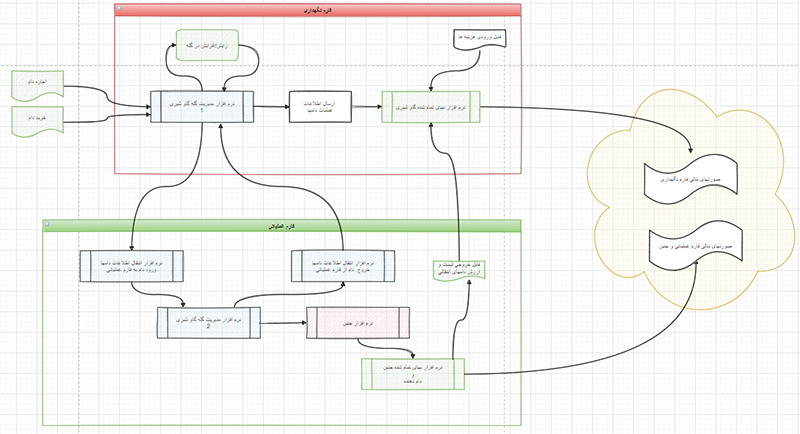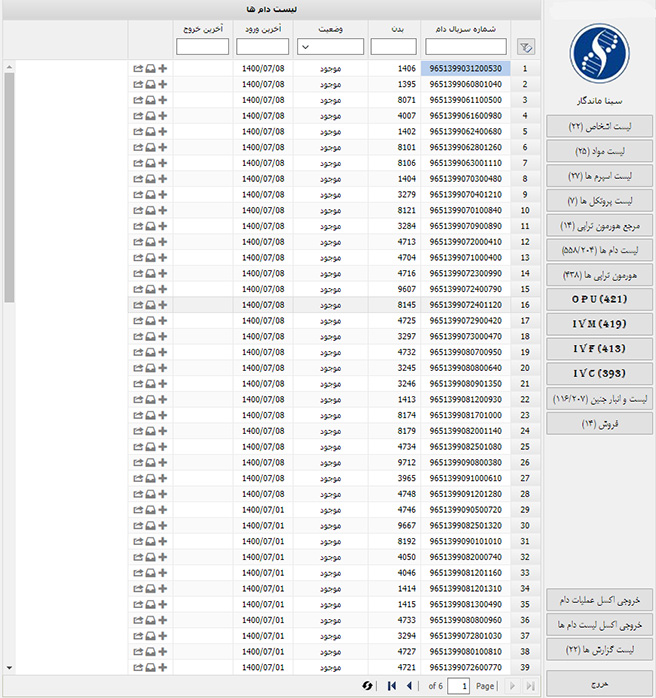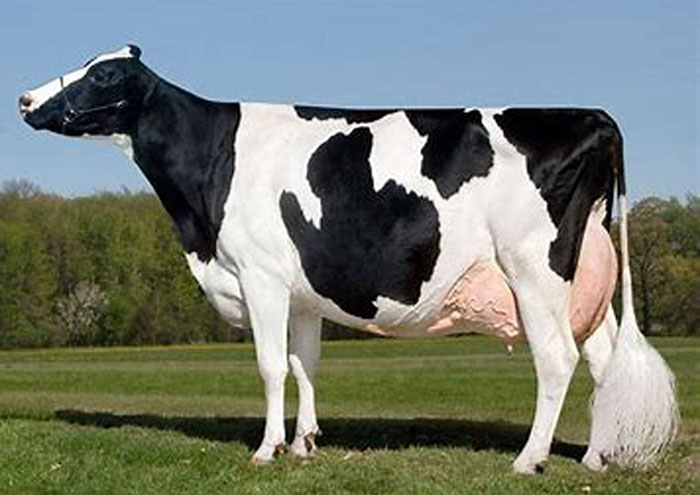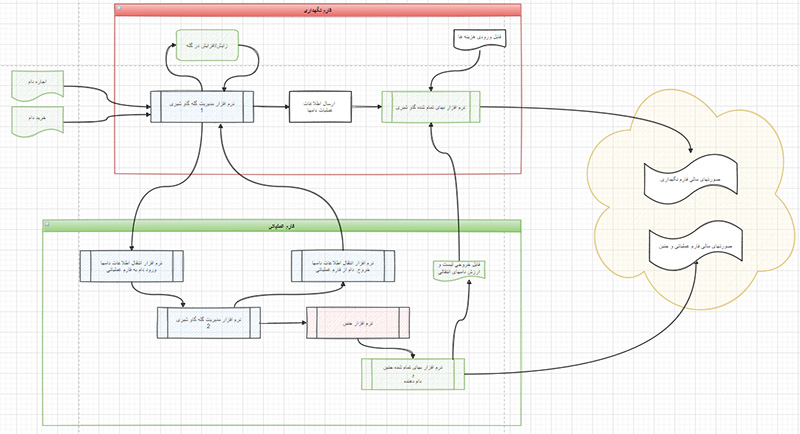Agriculture description
Agriculture means food, provender and yarn production. It provides all human needs with planting and domestic animal breeding. We are going to study more about agriculture. Stay with Daneshchi.
Agriculture includes different techniques and specialties such as; ways for preparing more farming grounds, canal digging and various forms of irrigation.
The importance
In today’s world, with existing concerns and scarcity of resources, we need to move agriculture to sustainable agriculture (for example, organic farming) or intensive agriculture (for example, industrial agriculture) so that we can meet the needs in the future.
Modern agriculture, plant breeding, pesticides, pest and fertilizer repellency, and technological advances greatly increase crop yields, but it must be borne in mind that these benefits are accompanied by disadvantages such as widespread environmental damage and negative human health effects.
The same is true of modern animal husbandry practices, which means that as meat production increases, we have problems such as animal cruelty and the health consequences of antibiotics, growth hormone, and other chemicals commonly used in industrial meat production.
Effective factors in agriculture
Different natural and human factors are effective in agriculture. Natural factors are:
- Soil
The type of soil definitely affects the growth of plants. Suitable soil for agriculture is usually composed of sand, grass and clay particles. Soil is called fertile, which causes the plant to grow more.
Soil fertility actually refers to the ability of soil to grow plants that are indirectly or directly involved in the production of human food. Soil fertility depends on several factors, including the presence of salts, water, acidity or alkalinity of the soil, as well as the presence of microorganisms and microscopes in the soil.
- Weather
Each product needs its own climate. For example, cotton cultivation requires a humid climate, but pomegranate is grown in a dry climate and dates in warm regions. Sometimes areas with saline soils are not considered agricultural areas, but even in those areas, crops with salinity tolerant cultivars can be grown.
And sometimes by building greenhouses in areas with bad weather or in winter, good products can be produced. In general, it is a good area for agriculture that, in addition to adequate light, has a soil rich in useful minerals and a suitable climate. It all depends on the type of product, its compatibility and durability.
- Water
In arid regions such as our country, irrigation water is usually of poor quality. Water quality means that it is desirable for consumption. Water is used in agriculture, horticulture, drinking and industry.
Therefore, if the water is suitable and desirable for gardening and growing ornamental plants, it has a suitable quality. The dangers of salinization or soil sodium can be easily predicted from water quality and the amount and type of salts in it. Therefore, without performing quality tests, water should not be used in irrigation projects.
In human factors, these conditions must be in place to carry out an effective and purposeful agriculture: labor, tools, capital and materials.
The agriculture managers’ software
Managers’ agricultural software has been designed with the aim of comprehensive information integration in the field of production, this software has the ability to implement and execute in various activities such as gardening, agriculture, greenhouse and fisheries. In large production groups, which include parent companies and subsidiaries, parent companies are able to view, track, report and even enter information. The basic information section is defined comprehensively and globally and can be expanded to update items automatically.
Basic information includes field of activity, operation stages, ، operations, inputs, parts, water resources, machinery, connection tools and personnel. To get started, you need to define a budget plan, after which it will be clear what parts the plan is intended for. And by the end of the planning, all the daily operations performed for each section will be entered. In this section, in the form of time intervals, it is possible to report the performance of people, machines and resources. It is also possible to display all operations performed in one day for different products. If the planning is damaged in any way, the possibility of entering damage information. And there is the amount of damage. Also, at the end of planning, the possibility of deviating from the budget and its return is calculated and determined.
In other sections it is possible to record water, soil, leaf tests as well as meteorological information.
Sepahan Analytical Managers Company
Manufacturer of specialized software in the field of animal husbandry and agriculture
Telegram: @ Modiran8, @ModiranCo
Instagram: @ modiran_34401105
Office contact number: 031-34401105 – 34401393
WhatsApp: 09332987214

